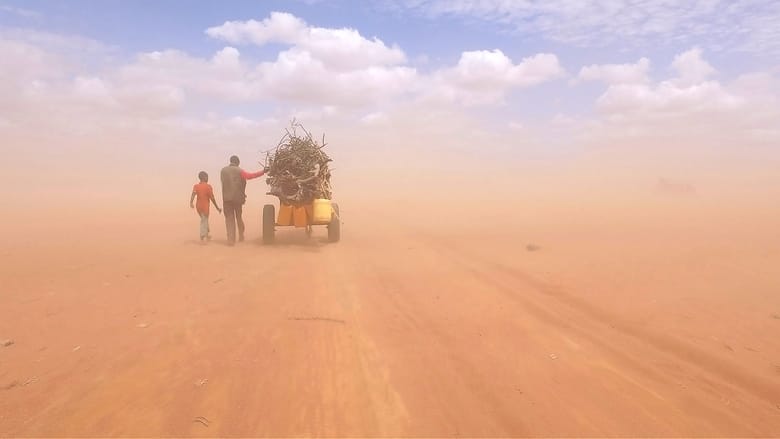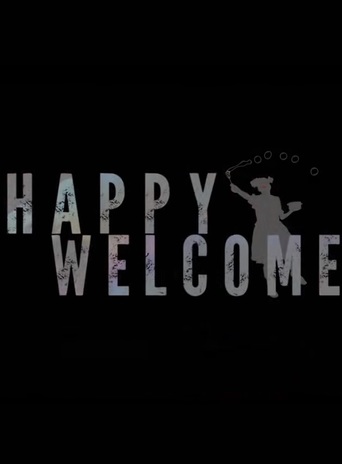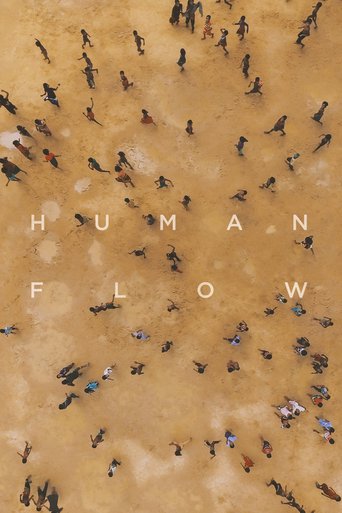
More than 65 million people around the world have been forced from their homes to escape famine, climate change and war, the greatest displacement since World War II. Filmmaker Ai Weiwei examines the staggering scale of the refugee crisis and its profoundly personal human impact. Over the course of one year in 23 countries, Weiwei follows a chain of urgent human stories that stretch across the globe, including Afghanistan, France, Greece, Germany and Iraq.
Similar titles
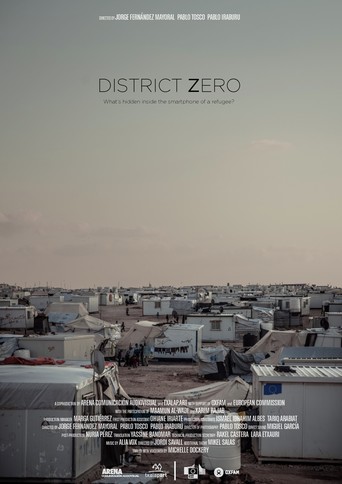
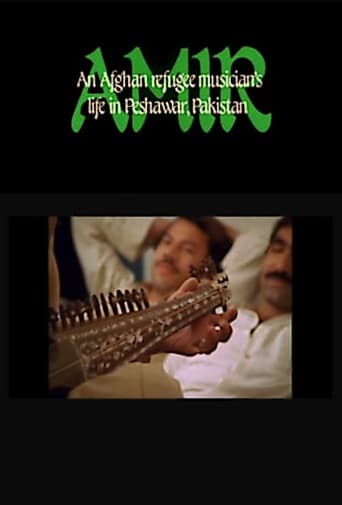
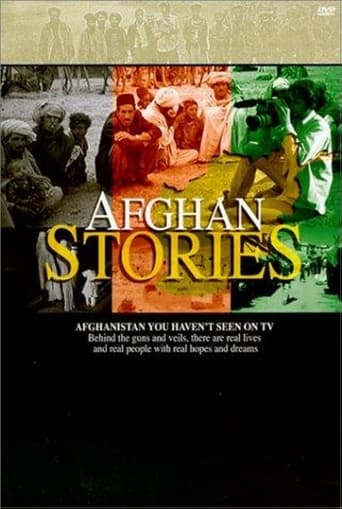

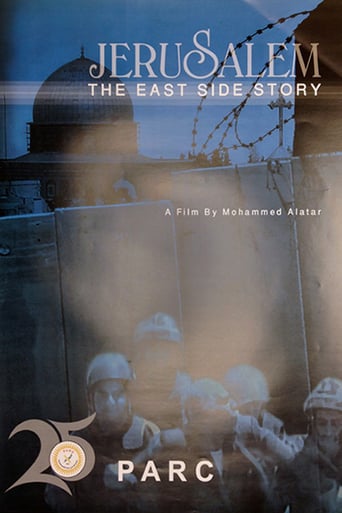


Reviews
When a movie has you begging for it to end not even half way through it's pure crap. We've all seen this movie and this characters millions of times, nothing new in it. Don't waste your time.
Each character in this movie — down to the smallest one — is an individual rather than a type, prone to spontaneous changes of mood and sometimes amusing outbursts of pettiness or ill humor.
A great movie, one of the best of this year. There was a bit of confusion at one point in the plot, but nothing serious.
The thing I enjoyed most about the film is the fact that it doesn't shy away from being a super-sized-cliche;
No commentary and no background but lots of shots of Ai Wei Wei looking for a spot in the limelight of other people's sad escapes from poverty, war, starvation and desperation. If every cent of profit is put back into helping or offering hope, then I might return to this sad tale.
The current global refugee crisis is the focus of this German documentary as the viewer witnesses the lives of migrants in motion, stuck in places they didn't expect to be, and their overall despair. The areas of migration include the Middle East, central Africa, and Myanmar.Director Ai Weiwei does a very skillful job in letting the camera do the work to make the most profound statements as silently as possible. This includes superb aerial shots of massive crowds struggling in strange surroundings. Luckily, it's not all misery in some cases such as children who continue to play - oblivious to their situation; and even a few adults finding optimism.At two and a third hours, the film is overly long despite its noble efforts in concentrating on as many migrations and refugee camps as possible. It might have reduced some of these sequences and spent extra time on the difficulties some migrants have had fitting into their new countries outside of refugee camps. Similarly, more time could have been spent on the history of migration though that of World War II was mentioned.Similar documentaries that take on the world's worst ills finish with at least a smidgen of hope without seeming naïve. Sadly, "Human Flow" cannot as the populations of refugees continue to accelerate. But the film at least succeeds in giving the viewer a human look at what is presently a living hell for many. The only thing that is worse is what not could be filmed safely: the living hell the refugees left behind.
I saw this today after having heard Ai Weiwei speak a few weeks ago at the Cooper Union about this film and his NYC project of fence sculptures around the city.The film documents the plight of global displacement of humans due to unprecedented civil strife and climate disaster - displacing more people than WW2.It was a bit long but, in fact, that was probably a strategy to mirror the enormity of the problem.Not moralising, more show than tell, I respect this method of documentary making.Thank you.
Human Flow is n enormously vital and poetic act of cinematic empathy from Ai Wei Wei, with the equally simple yet wholly complex task of showing us these human beings and that want nothing more than to have a place to call home. Wei-Wei's goal is nothing short of giving to the world - not one singular group or nation, but everyone who should be connected as the human race - a view into what is a crisis across continents and ethnicity and dogma and so on.Part of the approach is individual human interests with interviews with the displaced - one person in Gaza interviewed in a group of women refugees, for example, has the goal to go on a cruise to see the world and other peoples, but then come back since, somehow, surprisingly, she still likes it their - and part of it is to show the varied ways the displaced happen. If I had any nitpick it's that there's only a small slice of time (in the section on refugees in the Sub-Sahara, and who make up a shocking amount of people that many don't know about) on how climate change will make things even further of a crisis. Perhaps this is only the calm before the storm, and that is terrifying, though Wei-Wei makes this contrasted with how he shoots the film.His camera-work is not in one set technical approach or style - there are several credited cinematographers, including the Chinese favorite Christopher Doyle - and he'll use cameras on the i-phone or other smartphones, regular giant digital cameras, and cameras attached to drones. This last part gives us these massive, overwhelming takes on human beings; at one point I thought for some reason or another he was about to show us the perspective on an ant colony, but it turns out (of course) to be refugees in a block-style resettlement. He is constantly on the search with his camera for experiences that bring us together, and what I found awe-inspiring is not showing us devastation and despair (though there's certainly some time for that here, people hurt by a bomb and needing to be treated), he shows kindness and how despite everything there's hope and joy. Even these refugees in Syria, who often get looked upon by Americans and some in the West as potential terrorists waiting to spring out if they're let in, like taking pictures of cats and posting them online.When you have a camera and know how to use it, it can be one of the strongest agents for revealing to us all what connects us together. Politics divides cultures all over the world, as does religion, and divides go back so long that it can be very hard to bring things back together, if ever. Text crawls give us updates periodically in the film about how things are getting more dire, not less, for those who are officially counted as well as those not like in Turkey; what does one do for people who definitely do *not* want to be oppressed by another regime or killed in a war they want no part of, but can't be counted as part of the humanitarian aid? Are they homeless? Hobos? Wei-Wei doesn't sugar-coat a single thing here, and I don't think he can give answers to the audience even if he wanted to. The sum total of the countries and peoples he shows us, including near the end US/Mexico, is... well, what CAN be done about this, if there's will? This is as important as Herzog's Ballad of a Little Soldier when it comes to documenting a humanitarian crisis. At the same time it's not a dry or boring polemic either; Human Flow is shot and edited to be something that should be seen on as big a screen as possible and with good sound. This is happening now; it's the kind of great art that has a message - for the U.N. more than an average art-house theater.
Top Streaming Movies











